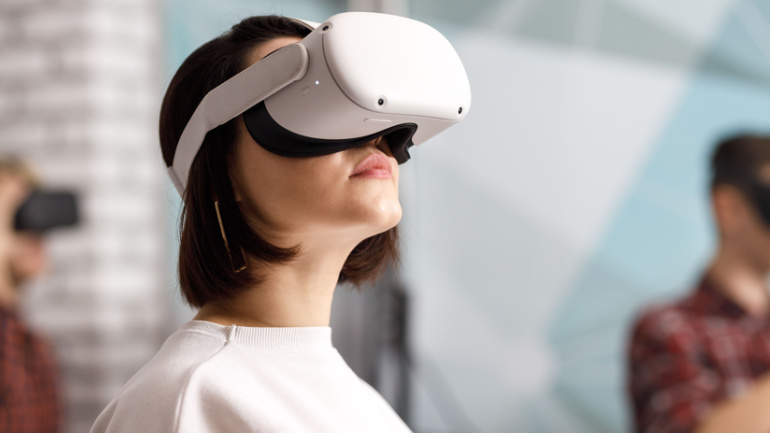Eminent kit supplier Nokia has joined forces with TPG and Mediatek to illustrate the potential of carrier aggregation technology for live-streaming 360-degree broadcasts, a crucial component for emerging metaverse applications.
Unveiled at Nokia’s 5G Futures Lab in Sydney, Australia, the focus of the demonstration was to underscore how such technology can dramatically enhance the viewing experience for TV, movie and sports consumers. The amalgamation of multiple sub-6 GHz frequency bands, they maintained, could optimise 5G uplink speeds to facilitate the real-time transmission of top-quality 360-degree video.
Delving into the exact technological setup, Nokia deployed its AirScale portfolio, including baseband, massive MIMO and Remote Radio Head products, bolstered by its ReefShark chipset. A MediaTek M80 5G modem was utilised within the Dimensity SoC series. The demonstration hinged on the integration of a 15 MHz carrier on the 700 MHz band (n28), and a 90 MHz carrier on the 3.6 GHz band (n78), employing carrier aggregation to reach a peak uplink throughput of 159 Mbps.
Utilising this technological assembly, a live stream was delivered of Leslie Shannon, Nokia’s Head of Trend and Innovation Scouting, to discuss metaverse applications. She highlighted potential uses of 360-degree video streamed over 5G for industrial metaverse scenarios. These included, for example, the possibility of bridging locations remotely via a VR headset that enables a remote-controlled robot to perform risky jobs, such as handling explosives.
“Teaming up with TPG Telecom and MediaTek on this exciting project showcases a primary foundation of the Metaverse: 360-degree video streaming,” commented Andrew Cope, Head of Oceania at Nokia. He further pointed out that this breakthrough, powered by Nokia’s two-component 5G Uplink Carrier Aggregation technology, was critical for an immersive future, enabling industrial digitalization to reach new heights.
Echoing this sentiment, Dr HC Hwang, General Manager of Wireless Communication System and Partnerships at MediaTek, chimed in: “The 360-degree video broadcasting underscores the diverse capabilities of MediaTek’s leading M80 5G modem. We’re paving the way for the 5G ecosystem to expand by continuously enhancing 5G capacity and performance with features that provide value to consumers of smartphones and mobile broadband 5G devices.”
A study referenced in the release emphasized that 96% of surveyed participants recognized that the industrial metaverse could merge physical and virtual scenarios and that they believed the metaverse could expedite the deployment, adoption and monetization of Industry 4.0 for their companies.
While there is often confusion around the metaverse, the successful deployment of carrier aggregation for some specific metaverse use cases is a significant stride towards tangible development. Translating that success to practical applications will be crucial, should the opinions of the metaverse-friendly survey subjects hold true on a larger scale.







